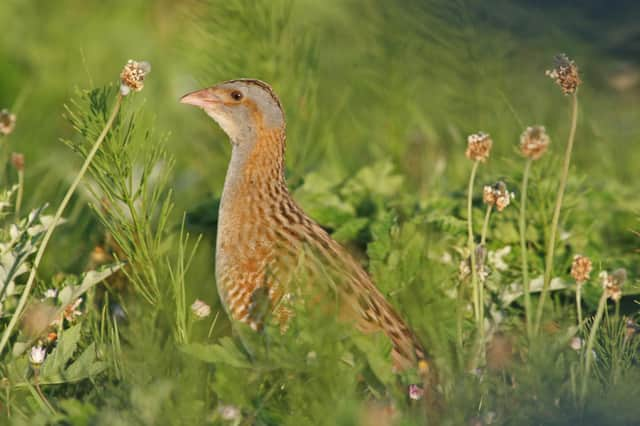Corncrake


Once abundant throughout Scotland numbers fell dramatically, largely as a result of mechanical farming, although the islands remain something of a last bastion for the population, thanks to more environmentally-friendly agricultural practices and inducements offered to protect habitats.
Over the years they have made something of a recovery, but their future still remains precarious and so official efforts are undertaken to try and record their presence, particularly during the spring when they first arrive from their migration from Africa.
Advertisement
Hide AdAdvertisement
Hide AdThey are most abundant in the Outer Hebrides, Orkney and some parts of the Inner Hebrides.
While the call of the male during breeding season is unmistakable, they are almost impossible to see with the eye, as they hide in tall grasses and in overgrown vegetation.
Crofters and farmers are offered financial inducements to create patches of cover for the birds and to ensure that mowing for silage is undertaken in a way that will not cause any destruction and ensure the birds are safe.
Local officers of the RSPB have now urged the public to be on the lookout, or more likely to keep their eyes open, for signs of the birds and to report it.
Advertisement
Hide AdAdvertisement
Hide AdReports should be made to [email protected] in Lewis and to [email protected] in Harris. For sightings in the Uists, Eriskay, and Barra could you please ask the public to contact [email protected] or [email protected].